Category: neuroscience – Page 792
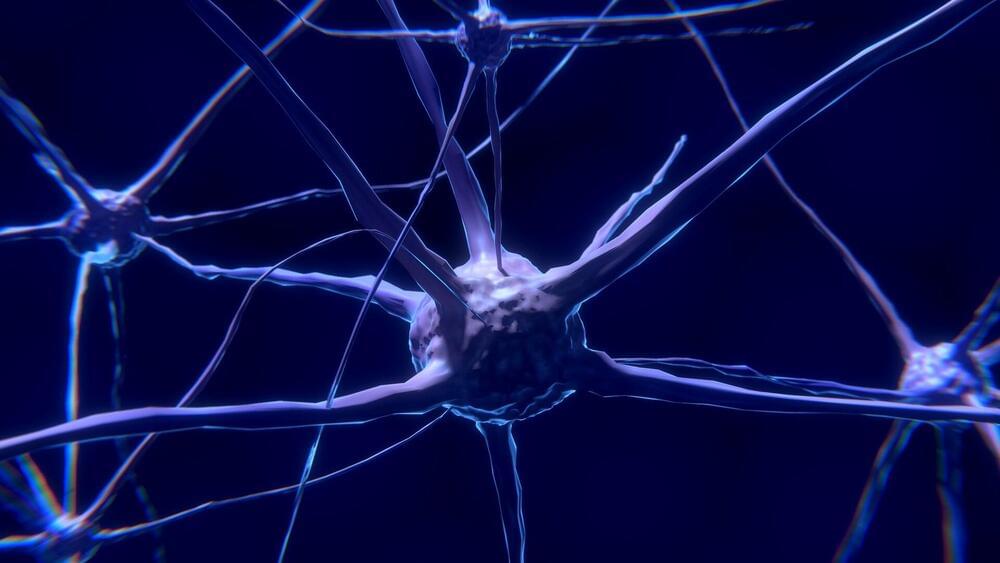
Dendrites may help neurons perform complicated calculations
Within the human brain, neurons perform complex calculations on information they receive. Researchers at MIT have now demonstrated how dendrites—branch-like extensions that protrude from neurons—help to perform those computations.
The researchers found that within a single neuron, different types of dendrites receive input from distinct parts of the brain, and process it in different ways. These differences may help neurons to integrate a variety of inputs and generate an appropriate response, the researchers say.
In the neurons that the researchers examined in this study, it appears that this dendritic processing helps cells to take in visual information and combine it with motor feedback, in a circuit that is involved in navigation and planning movement.
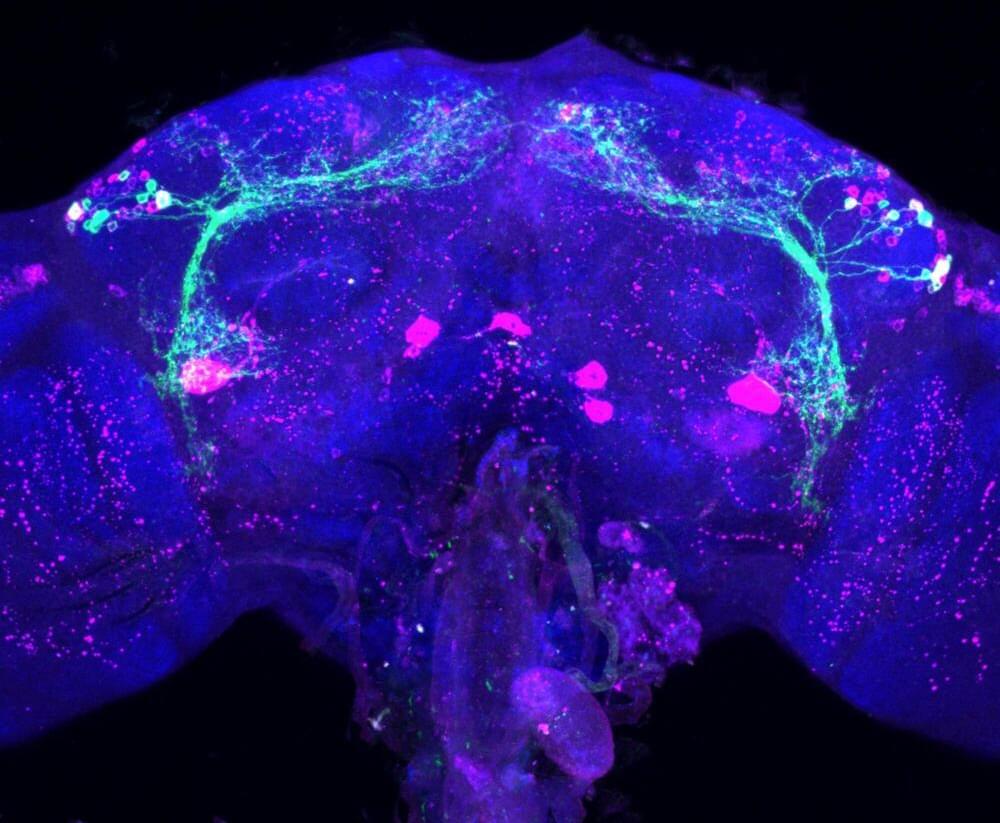
Temperature and reproduction link holds promise for insect control
Scientists have uncovered a set of neurons in fruit flies that shut down in cold temperatures and slow reproduction, a system conserved in many insects, including mosquitoes, which could provide a target for pest control.
Their study, published Feb. 16 in the journal Current Biology, takes a step toward understanding how a fly’s brain contributes to sensing the cold and limiting reproduction. Insects and animals, including many mammals, curb reproduction in the winter to protect their newborns from being exposed to harsh winter conditions.
The study has public health and agricultural implications, as tapping into environmentally-dependent mechanisms that influence reproduction in mosquitoes and crop pests may offer new control strategies. Mosquitoes act as reservoirs for the malaria-causing Plasmodium falciparum parasite, which spend the winter inside them.
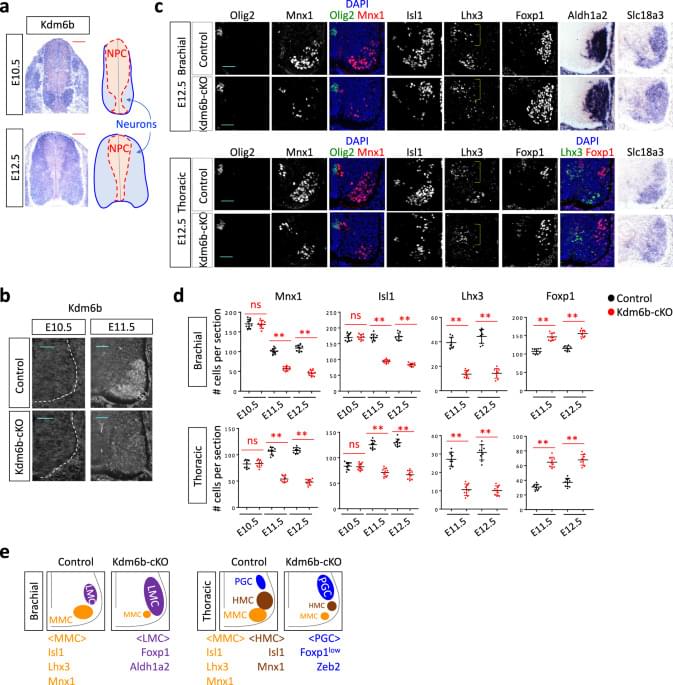
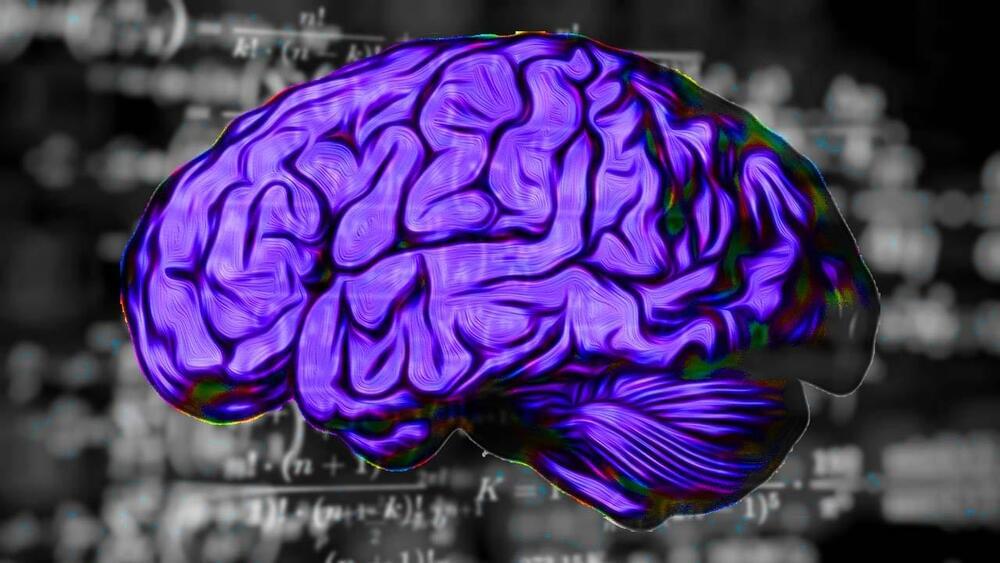
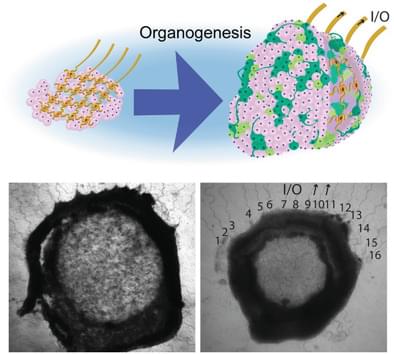
Stretchable Mesh Nanoelectronics for 3D Single‐Cell Chronic Electrophysiology from Developing Brain Organoids
There is a cyborg organoid platform developed by integrating “tissue-like” stretchable mesh nanoelectronics with 2D stem cell sheets. Leveraging the 2D-to-3D reconfiguration during organoid development, 2D stem cell sheets fold and embed stretchable mesh nanoelectronics with electrodes throughout the entire 3D organoid. The embedded electronics can then enable continuous electrical recording.
Scientists design stretchable mesh nanoelectronics, mimicking the mechanical and structural properties of brain organoids to build cyborg human brain organoids.
Using the 3D embedded stretchable electrodes, achieved reliable long-term electrical recording of the same hiPSC-derived neural tissue at single-cell, millisecond spatiotemporal resolution for 6 months, revealing the evolution of the tissue-wide single-cell electrophysiology over hiPSC-derived neuron development. Applying this technology to brain organoids at early developmental stages, they traced the gradually emerging single-cell action potentials and network activities.
#biomimicry #meshelectronics #hiPSC #neurallace #neuroscience
Building cyborg brain organoids through the integration of stretchable mesh nanoelectronics with human induced pluripotent stem cell derived progenitors and neurons through organogenesis is reported…

First gene therapy for Tay-Sachs disease successfully given to two children
About 1 in 300 people in the general population carry the Tay-Sachs disease gene. Ray Kachatorian/Stone via Getty ImagesTwo babies have received the first-ever gene therapy for Tay-Sachs disease after over 14 years of development. Tay-Sachs is a severe neurological disease caused by a deficiency in an enzyme called HexA. This enzyme breaks down a fatlike substance that normally exists in very small, harmless amounts in the brain. Without HexA, however, this fatlike substance can accumulate to toxic levels that damage and kill neurons.
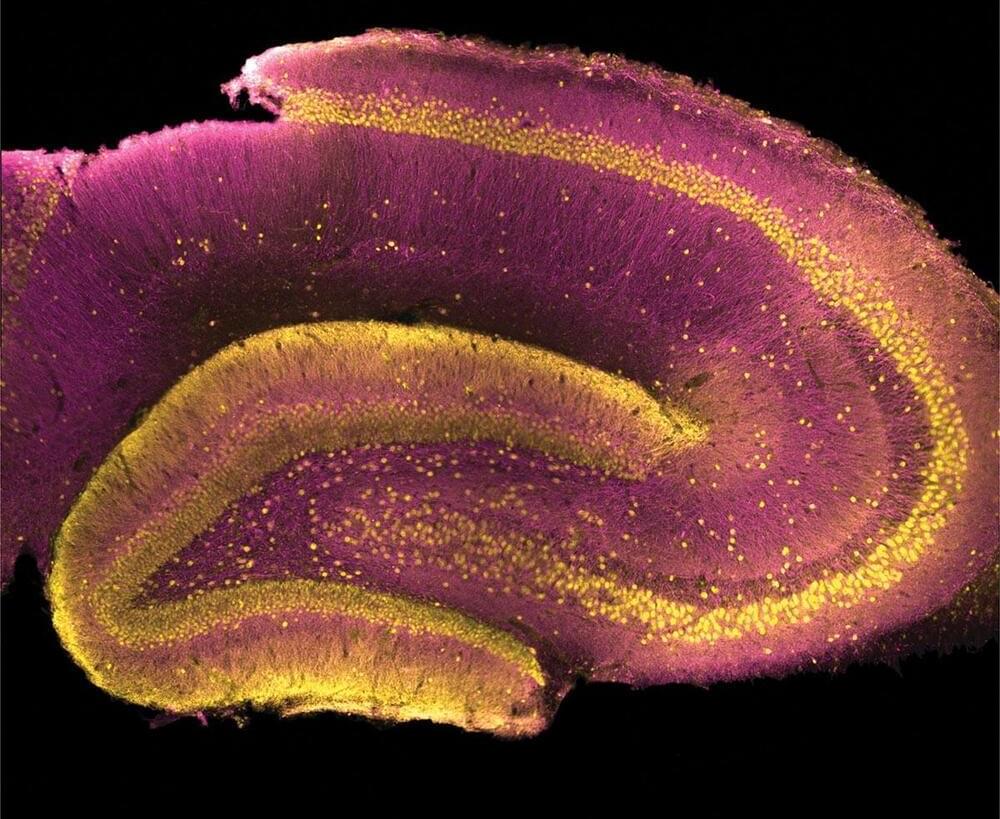
In the Process of Solving a Decades-Long Mystery, Scientists Discover Where Schizophrenia May Originate in the Brain
Researchers studying a protein that is strongly linked to the psychiatric disorder are the first to determine the protein’s function, tracing it to a structure in the hippocampus called the dentate gyrus.
In the process of solving a decades-long mystery about a particular protein, scientists have identified a specific location in the brain where schizophrenia may originate.
The news: Despite the identification of many genes that show some link to schizophrenia, identifying a part of the brain that is likely responsible for the disorder with a high level of certainty has proven to be extremely difficult — until now.
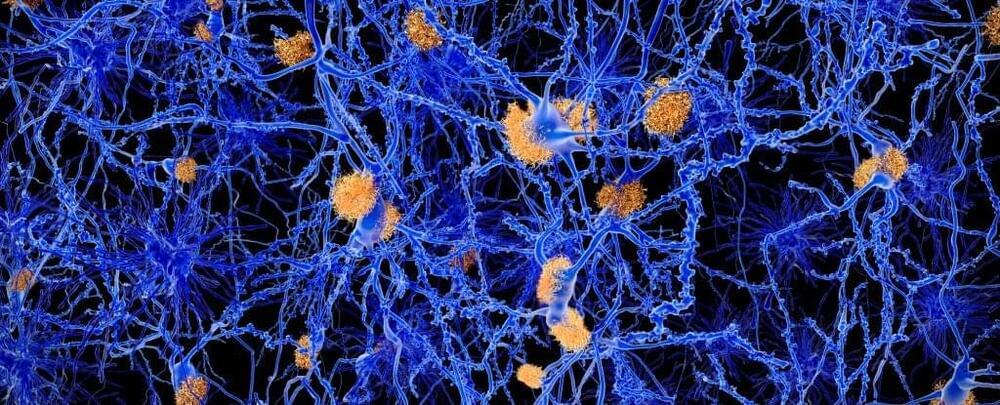
We Just Got Closer to Finding a Link Between Alzheimer’s And Circadian Rhythms
Long before Alzheimer’s disease is diagnosed, once-trusty proteins start to knot together in the brain in a process that may be hastened by poor sleep.
Now, scientists have uncovered a possible mechanism linking disruptions in circadian rhythms and the build-up of proteins associated with Alzheimer’s disease, by studying the rhythmic operation of immune cells and finding the molecular ‘timers’ that control them.
Circadian rhythms are the daily rhythms of bodily functions which are tied to our natural body clock, respond to light exposure, and govern our sleep-wake cycles.
